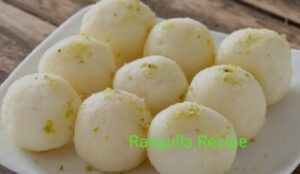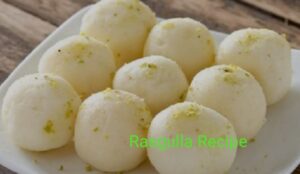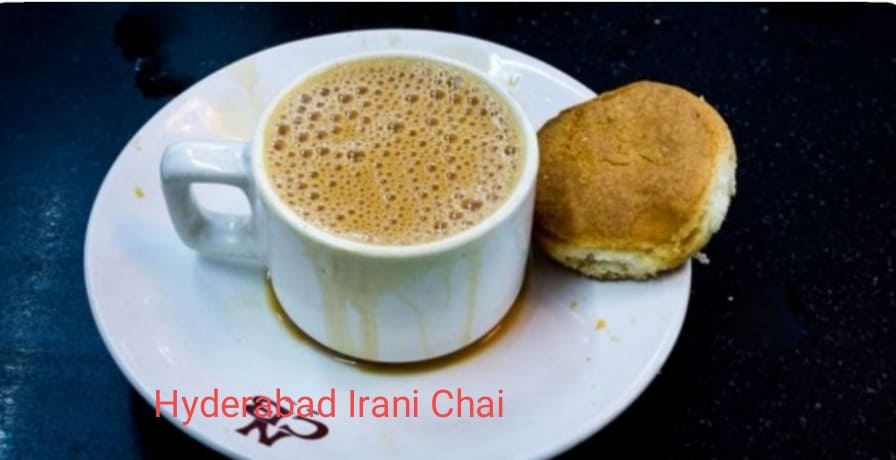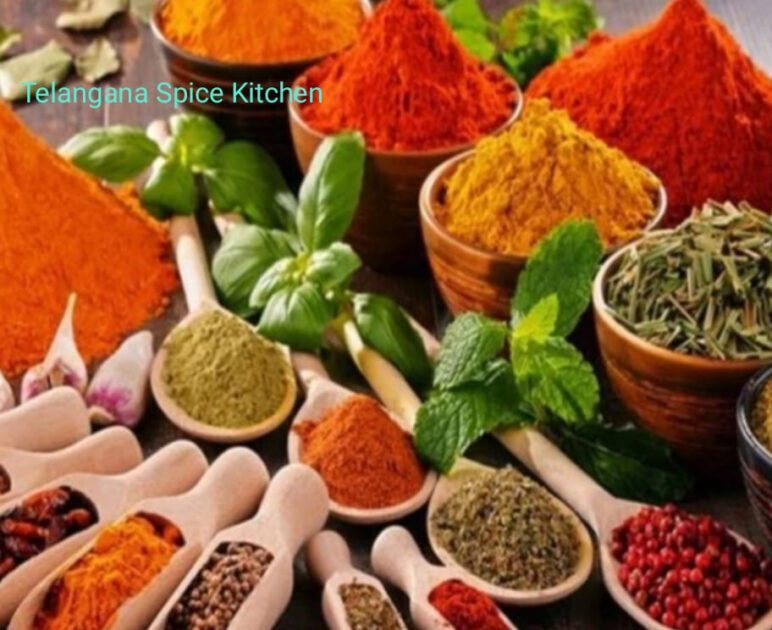Rasgulla recipe , a soft and syrupy dessert, is a beloved dish in Indian cuisine. Known for its light, spongy texture and delicate sweetness, rasgulla have become a staple in many households, particularly during festivals and celebrations. Both Bengal and Odisha have laid claim to its origin, but wherever it comes from, there’s no denying its universal appeal.
This dessert is primarily made from chenna, which is a fresh, soft cheese similar to paneer but more delicate in texture. After being shaped into small balls, the chenna is cooked in a light sugar syrup until it absorbs the syrup and becomes fluffy. In this post, we’ll guide you through a simple method to make rasgulla at home.

1.Rasgulla Recipe: Ingredients Needed for Rasgulla
To make rasgulla at home, you don’t need an extensive list of ingredients. Here’s what you’ll require:
– For the Chenna:
– 1 liter of full-fat milk
– 1 to 2 tablespoons of lemon juice or vinegar
– For the Sugar Syrup:
– 1 cup of sugar
– 4 cups of water
– 1-2 cardamom pods (optional for added flavor)
– For Garnish (Optional):
– Saffron strands
– Rosewater
– Chopped pistachios or almonds
2.Step-by-Step Rasgulla Recipe
1. Making the Chenna (Cottage Cheese)
– Boil the Milk:Start by boiling 1 liter of full-fat milk in a heavy-bottomed pan. Stir the milk occasionally to prevent it from scorching.
– Curdle the Milk:Once the milk reaches a rolling boil, reduce the heat and slowly add 1 to 2 tablespoons of lemon juice or vinegar. Stir gently, and you will soon see the milk curdling into curds (chenna) and separating from the liquid whey.
– Strain the Chenna:Line a strainer with a muslin cloth and pour the curdled milk into it. Rinse the chenna under cold water to remove any lingering acidity from the lemon juice or vinegar. Tie the muslin cloth into a knot and hang it for about 30 minutes to let the excess water drain. The chenna should be soft, but not too moist.
2. Kneading the Chenna
– Smoothen the Chenna: Once the chenna has drained, transfer it to a clean surface and knead it using the palm of your hand for about 5 to 7 minutes. The goal is to make the chenna smooth and free from lumps.
– Shape the Rasgulla: Divide the chenna into small, equal portions and roll them into smooth, crack-free balls. If there are cracks, the rasgulla may break apart while cooking, so ensure the balls are evenly shaped.
3. Preparing the Sugar Syrup
– Boil the Sugar Syrup:In a wide pan, mix 1 cup of sugar with 4 cups of water. For added fragrance, you can toss in a couple of cardamom pods (optional). Bring this mixture to a boil until the sugar dissolves completely.
4. Cooking the Rasgulla
– Boil the Chenna Balls: Once the sugar syrup is boiling, gently drop the chenna balls into the syrup. Cover the pan with a lid and allow the rasgulla to cook on medium heat for 15-20 minutes. As they cook, the rasgulla will expand and become fluffy as they absorb the syrup.
– Rest and Serve: After cooking, allow the rasgulla to cool down in the syrup. For the best results, let them rest for a few hours or refrigerate overnight. This helps the rasgulla absorb the syrup fully, making them juicier.

3.Tips for Making Soft and Spongy Rasgulla
– Fresh Milk:Always use fresh, full-fat milk to get the best chenna. Skimmed or old milk might not yield the right texture.
– Knead Properly:Kneading the chenna thoroughly ensures a smooth dough, which in turn helps create soft rasgulla.
– Adequate Syrup:Make sure there’s enough sugar syrup for the rasgulla to cook and expand. Too little syrup might prevent them from growing to the right size.
– Medium Heat: Keep the flame at medium heat to cook the rasgulla evenly. High heat can cause them to harden, while low heat can prevent them from expanding properly.
• Serving Suggestions and Variations
– Serve Chilled: Rasgulla are best served chilled. You can offer them directly in the syrup or garnish with saffron, rosewater, or chopped nuts for an extra touch.
– Flavor Variations:Experiment with different flavors by infusing the syrup with rosewater, saffron, or even a hint of citrus zest. Some versions of rasgulla are stuffed with dry fruits or nuts for a delightful surprise in every bite.
4.Health Benefits of Rasgulla
Rasgulla, when enjoyed in moderation, can be a source of calcium and protein, thanks to the milk-based chenna. However, since it is soaked in sugar syrup, it is important to be mindful of its sugar content, especially for those managing their sugar intake. Opting for homemade versions can help you control the amount of sugar.
Conclusion:
Making rasgulla at home may seem challenging, but with the right technique and patience, you’ll achieve delicious, soft, and spongy results. This simple recipe, combined with high-quality ingredients, will bring you one step closer to perfecting this iconic Indian dessert.
So, roll up your sleeves and give this rasgulla recipe a try. Whether you’re preparing for a festive occasion or simply indulging in a sweet craving, homemade rasgulla are sure to impress!
FAQ:
1.Rasgulla recipe in telugu
2.Which soda is used in rasgulle?
3.How many rasgulla are there in 1 kg of rasgulla?
4.How many types of rasgulla are there?
5.Rasgulla recipe ingredients
6.Rasgulla recipe in hindi
7.Rasgulla recipe in english
8.The method of making white rasgulla
9.Rasgulla recipe Bengali
10.Rasgulla recipe with milk powder
11.Black Rasgulla Recipe
12.Rasgulla Recipe in Urdu
13.Rasgulla recipe in marathi
14.Rasgulla recipe in tamil

